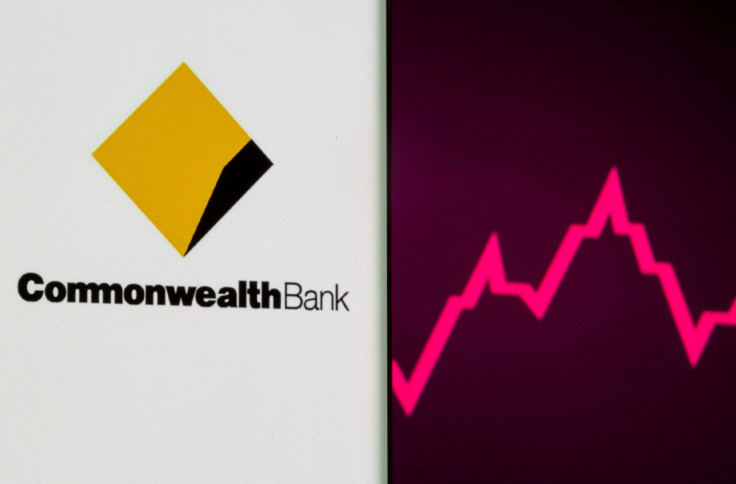Australian Bank Performance 'As Good As It Gets' As Economy Starts To Cool

A run of strong earnings and stock market outperformance at Australia's "big four" banking giants is set to fade later in 2023, investors said, as funding costs rise while a cooling economy portends slower credit growth and more bad debt.
Commonwealth Bank of Australia (CBA), ANZ Group Holdings Ltd, National Australia Bank Ltd (NAB) and Westpac Banking Corp are on track to book huge profit in their current financial years as the economy booms and rising interest rates reflate margins.
The biggest of the four by market capitalisation, CBA, is forecast to grow net income 4% in its first half, Refinitiv data showed. The rest are set for mid-teens growth or higher. Reflecting that performance, financial shares outperformed the broader stock index last year, down 2.7% versus a 5.5% decline.
But investors said bank performance will soon peak as costs increase and rising unemployment translates into fewer new loans and more bad debt.
"The upcoming results (season) will be as good as it gets," said Jun Bei Liu, who manages the A$1.2 billion ($836 million) Tribeca Alpha Plus Fund.
Net income at CBA is forecast to slump to 1.3% in financial year 2024 from 6.2% forecast for the current financial year. The other three will shrink further, and go negative in the case of ANZ.
The economy is forecast to slow from mid-2023 at the same time as roughly A$350 billion in home mortgages move from fixed to variable interest rates. The central bank estimates two-thirds of fixed-rate borrowers will see mortgage payments jump at least 40%.
A weaker economy, higher rates and accelerating inflation should see credit growth halve in 2023, said ANZ economists.
The housing market is already a problem, with prices down 9% since April, showed data from CoreLogic, the quickest decline since its records began in 1980. The "big four" control three-quarters of the mortgage market where the value of new loans fell 29% last year.
Funding is also getting pricier. Over the next 17 months banks must repay A$188 billion in almost interest-free loans the central bank made during the COVID-19 pandemic.
Graphic: Bank earnings to soar this year before falling sharply

"For the banks, they are in a period of juicy earnings but as you get into the back half of 2023 things will start to slow and earnings growth could turn negative," said DNR Capital Managing Director Jamie Nicol, whose fund has A$7 billion in assets under management.
Some investors said the worst is unlikely. Any downturn is likely to be mild and even if margin growth slows, higher interest rates should support margins at healthy levels for months.
The Reserve Bank of Australia on Tuesday raised its main policy rate by a quarter-basis point to a decade high of 3.35%, and flagged further increases.
Macquarie Group Ltd on Tuesday said its home loan business - the country's fifth largest - grew in its third quarter and that it expects more growth, though higher costs.
The banks will soldier through a mild downturn, said Joseph Koh, portfolio manager at the Schroder Australian Equity Long Short Fund.
"There's always that bogey man of bad debts, but that's a really left field scenario and we don't think that's the base case," said Koh.
Still, local money managers remain lukewarm while bank stocks trade at price-to-equity ratios in the teens, well above foreign peers, with J.P. Morgan analysts estimating those managers' holdings of major banks at near a nine-year low.
Retail investors make up nearly half the shareholder registry, as they are traditionally attracted to the sector because of its high and sustained dividend payout ratio.
"They're (banks) very leveraged to the economy and we're coming into a soft patch. Earnings will be challenged. They're almost trading at all time valuation highs as the economy is heading into a slowdown. It's quite unusual," Tribeca's Liu said.
Commonwealth Bank will report half-yearly earnings on Feb. 15, whereas ANZ, NAB and Westpac will issue quarterly trading updates on Feb. 9, 16 and 17, respectively.
($1 = 1.4353 Australian dollars)
© Copyright Thomson Reuters {{Year}}. All rights reserved.





















